Historical Background
The Israeli-Palestinian conflict is a decades-old dispute with roots in the early 20th century, when Jewish and Arab nationalism arose in response to the Ottoman Empire’s decline. The British government’s 1917 Balfour Declaration pledged a “national home for the Jewish people” in Palestine, spurring Jewish immigration and settlement. This heightened tensions between Jewish and Arab communities, both of which claimed the land. The conflict is fueled by competing narratives and territorial disputes.
How has the U.S. been involved in the conflict?
The Israeli-Palestinian conflict has seen the active involvement of the United States for over fifty years. Its engagement began post-World War II when it joined the UK in a 1946 inquiry suggesting the resettlement of one hundred thousand Holocaust survivors in Palestine, envisioned as a state neither exclusively Jewish nor Arab. In 1948, the U.S. became the first nation to recognize Israel’s sovereignty. Following the 1967 Six-Day War, the U.S., along with other nations, attempted to mediate the broader Arab Israeli conflict. The pivotal moment came in the 1973 war, prompting the U.S. to take the lead in diplomacy. Secretary of State Henry Kissinger played a crucial role in shuttle diplomacy in 1974-75, easing tensions and facilitating disengagement.
In 1978, President Jimmy Carter hosted the Camp David peace talks, resulting in frameworks for future Mideast diplomacy. Although excluded from the 1993 Oslo Peace Accords, the U.S. played a significant role in 1998, sponsoring talks leading to the Clinton Parameters for a two-state solution. While mediating, the U.S. shielded Israel from international criticism, frequently using its UN Security Council veto power. The Trump administration departed from the long-standing U.S. policy of neutrality, siding with Israel and brokering the 2020 Abraham Accords between Israel and the UAE.
The Biden administration signals a shift, emphasizing equal rights for Israelis and Palestinians over a resolution of the overarching dispute. Biden supports Israel’s right to self-defense while pledging humanitarian aid for Palestinians in Gaza.
What is the U.S. position on Palestinian statehood?
Biden has reiterated U.S. backing for a two-state solution, advocating the creation of separate Israeli and Palestinian states with borders resembling those pre-dating the 1967 war, encompassing the Gaza Strip, the West Bank, and parts of East Jerusalem. The Clinton Parameters outlined the establishment of a Palestinian state and the resolution of final status issues. George W. Bush, in 2003, became the first U.S. president to publicly endorse a Palestinian state through the Road Map for Peace, a plan jointly presented by the U.S., the European Union, Russia, and the United Nations.
The Obama administration also pursued a two-state solution, but talks collapsed in 2014 due to disputes over settlements, the release of Palestinian prisoners, and other issues. In 2016, Secretary Kerry outlined principles for a two-state solution based on those final status talks.
Trump’s “Peace to Prosperity” plan proposed a Palestinian state but granted Israel sovereignty over an essentially undivided Jerusalem, including the Old City and holy sites, with the Palestinian capital relegated to a portion of East Jerusalem. The plan did not allow Palestinian refugees the right to return but promised a $50 billion investment in a developing Palestinian state. The conceptual map indicated a 30% reduction in Palestinian territory in the West Bank as Israel annexed the Jordan Valley and settlements. Despite historical support for a two-state solution, the U.S. has traditionally opposed Palestinian statehood bids at the UN, insisting on negotiations with Israel. Since 2011, the Palestinian Authority has sought full UN membership for Palestine, a move requiring Security Council approval, where the U.S. holds veto power. In 2012, 138 countries at the UN General Assembly voted to recognize Palestine as a nonmember observer state.
What is the U.S. position on Jerusalem?
When the UN General Assembly voted in 1947 to partition British-controlled Palestine into separate Arab and Jewish states, it designated Jerusalem as a corpus separatum, acknowledging its shared religious significance for Christians, Jews, and Muslims. Nevertheless, upon gaining independence, Israel established its government in the western part of Jerusalem and later took control of East Jerusalem from Jordan in 1967. Israel subsequently expanded the city’s municipal borders to encompass nearby Palestinian towns, effectively annexing the territory.
In the 1993 Oslo Accords, a pivotal agreement in the conflict, Israel and the PLO affirmed that decisions regarding Jerusalem would be part of final status negotiations. Presently, Israel considers the entirety of Jerusalem its capital, while the Palestinian Authority regards East Jerusalem as the future capital of a Palestinian state, viewing Israel’s control as an occupation.
For many years, the U.S. and most other countries with relations with Israel maintained their embassies in Tel Aviv to avoid prejudicing potential peace negotiations. However, in 2017, Trump departed from this practice by moving the U.S. embassy to Jerusalem and officially recognizing the city as Israel’s capital. This decision led Palestinian officials to sever ties with the Trump administration. Although President Biden has restored these relations, he has confirmed that the U.S. embassy will remain in Jerusalem.
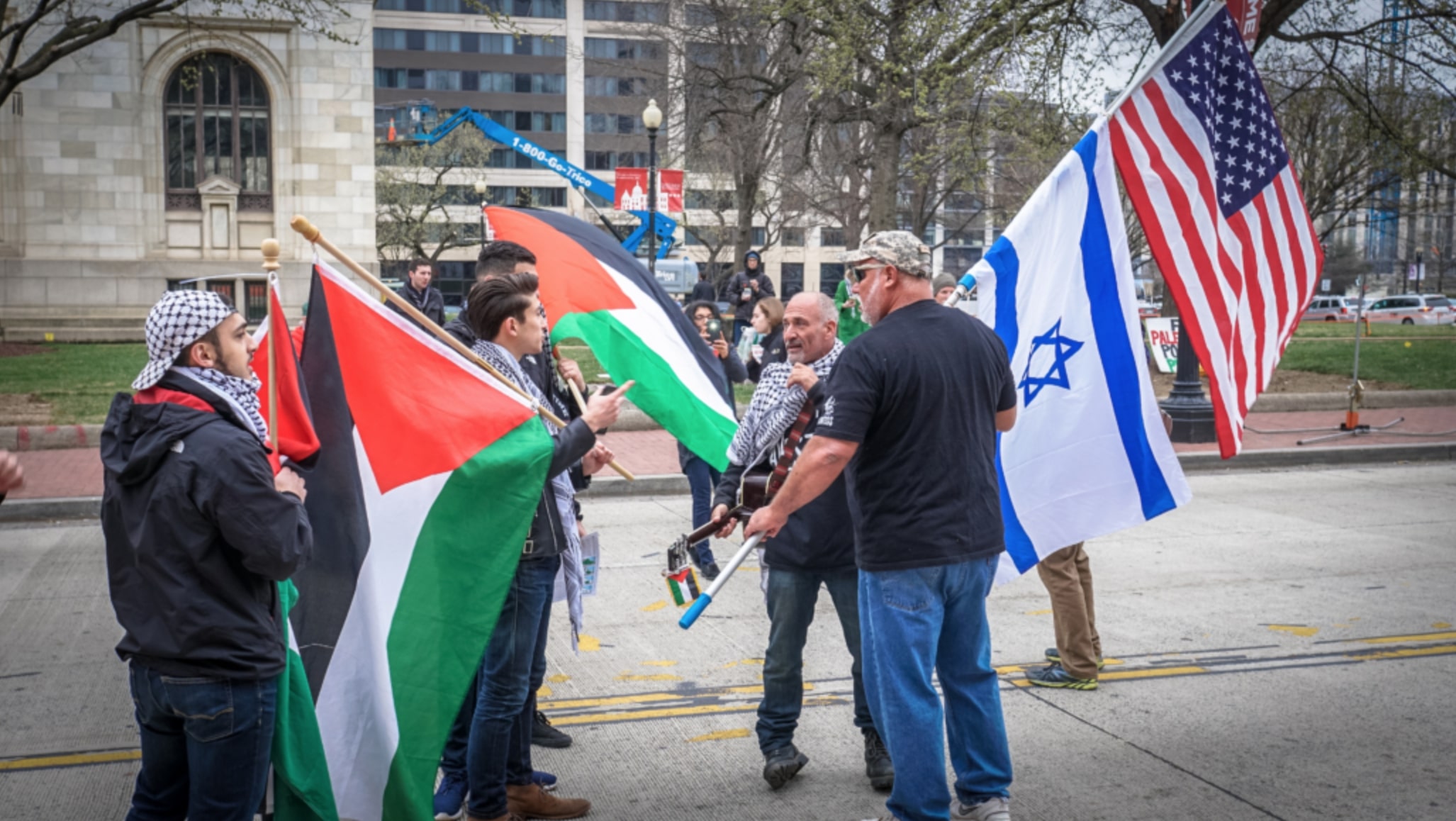
In 2021, Biden expressed his intention to reopen the Palestinian mission in Washington and the U.S. consulate in East Jerusalem, both of which were closed by Trump. However, as of mid-2022, they remained closed. Reopening these diplomatic missions faces challenges, as a law from 1987, evaded by Trump’s predecessors, prohibits Palestinians from having a mission in the U.S. Moreover, the Trump administration enacted legislation to prevent future leaders from waiving this restriction. Reestablishing the consulate in East Jerusalem would necessitate the approval of the Israeli government, a prospect deemed unlikely.
What is the U.S. position on Israeli settlements?
Following the 1967 war, Israel initiated the construction of settlements in territories it had acquired. Initially started by Labor party governments to bolster defense in areas of the West Bank with significant wartime activity, settlement expansion gained momentum as some settlers regarded the land as their religious and historical entitlement, while others found economic incentives. By 2019, approximately six hundred thousand Israelis resided in settlements in the West Bank and East Jerusalem. For years, the United States officially criticized these settlements, labeling them as hindrances to peace. However, the U.S. refrained from outright declaring them illegal to prevent potential international sanctions against Israel. A 1978 State Department legal opinion asserted that Jewish settlements in occupied territory violated international law, yet President Ronald Reagan, in a 1981 interview, described the settlements as “ill-advised” but “not illegal.” George H.W. Bush was the first president to tie the amount of aid to Israel with its settlement construction, deducting the cost of such construction from U.S. loan guarantees. However, Clinton later permitted exemptions for settlement building in East Jerusalem and for “natural growth.”
In 2004, George W. Bush, in a letter to Israeli Prime Minister Ariel Sharon, acknowledged that the “new realities” (i.e., settlements) would make it impractical for Israel to return to pre-1967 borders in any peace agreement. While the Obama administration shielded Israel from political movements penalizing Israeli businesses in the West Bank, it also criticized Israel’s settlements by abstaining from a UN Security Council vote declaring them illegal. The Trump administration adopted a notably pro-Israel stance on Jewish settlements, aligning with its broader approach to the Israeli-Palestinian conflict. The Biden administration has not officially articulated a position on the legality of the settlements.
How much U.S. aid goes to Israelis and Palestinians?
The United States has been a longstanding ally of Israel, primarily due to its support for the existence of a Jewish state. During the Cold War, Israel was seen as a key partner in countering Soviet influence in the Middle East, and it later became a significant contributor to U.S. counterterrorism efforts. In the present day, Israel remains the United States’ closest strategic partner in the Middle East. Both nations share concerns about Iran’s nuclear ambitions and its support for Islamist militants, particularly Hezbollah in Lebanon and Hamas. In light of these common interests, the U.S. has committed to ensuring Israel’s military superiority over any potential hostile combination of countries in the region.
U.S. military assistance to Israel began after its withdrawal from Arab territories as part of the peace process, with the United States providing more foreign aid to Israel than any other country since the end of World War II. While economic assistance was substantial from 1971 to 2007, Israel now primarily receives military aid due to its economic growth since the 1990s. President Biden’s fiscal year 2022 budget included more than half of the foreign military aid earmarked for Israel. A 2016 memorandum of understanding solidifies the commitment to provide nearly $4 billion annually to Israel, including $500 million for missile defense. Additionally, following the 2021 Israel-Hamas conflict, the U.S. provided an extra $1 billion in missile defense funding.
The United States also extends aid to Palestinians, primarily for government and humanitarian programs, totaling more than $5 billion between 1994 and 2018. Over $6 billion has been provided to the UN Palestinian refugee agency (UNRWA) since 1950. However, U.S. aid to Palestinians diminished under the Trump administration in 2018, with reductions in assistance to the West Bank and Gaza and discontinuation of contributions to UNRWA.
In 2019, Trump signed an antiterrorism law allowing lawsuits against recipients of U.S. foreign aid over alleged complicity in acts of war. The PA, fearing legal action, requested aid cessation. While the antiterrorism law remains in effect, the Biden administration has resumed aid to the West Bank and Gaza. Over $600 million has been announced for UNRWA, along with $100 million for East Jerusalem hospitals and $15 million to address food insecurity exacerbated by the war in Ukraine, pending congressional approval for some funds.
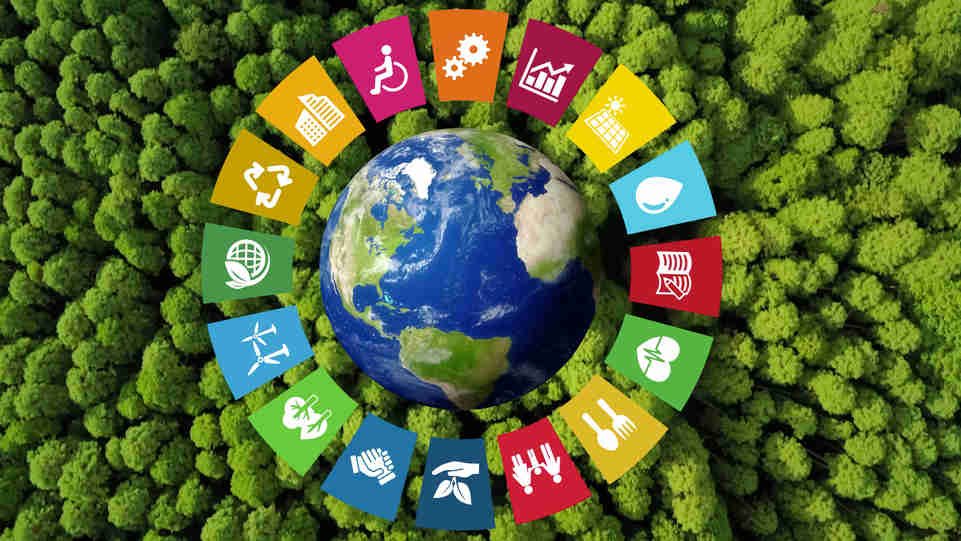

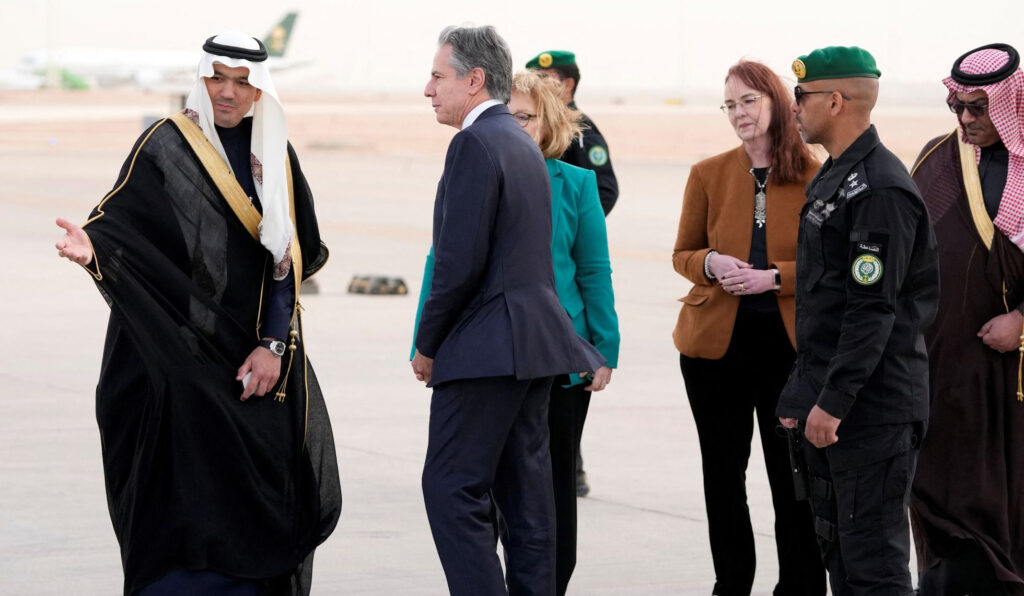
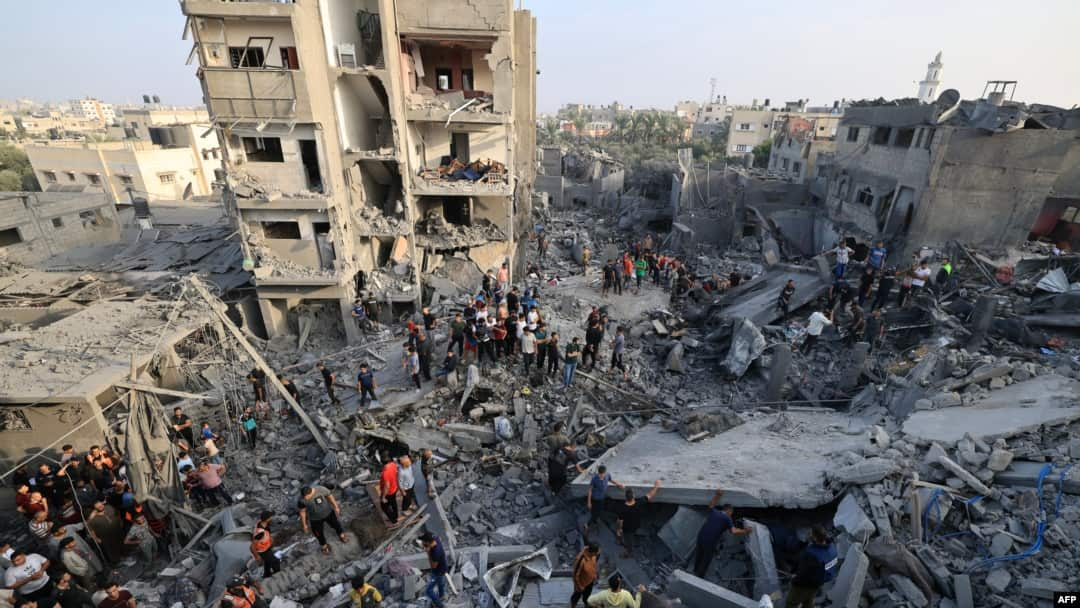
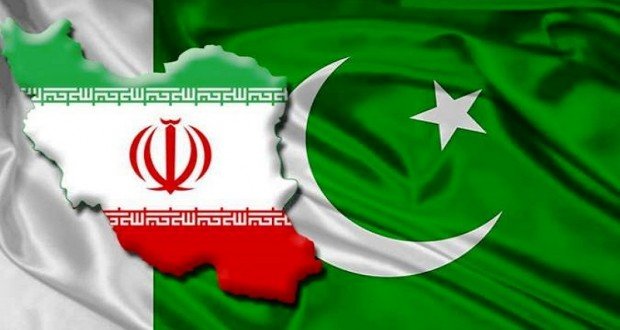
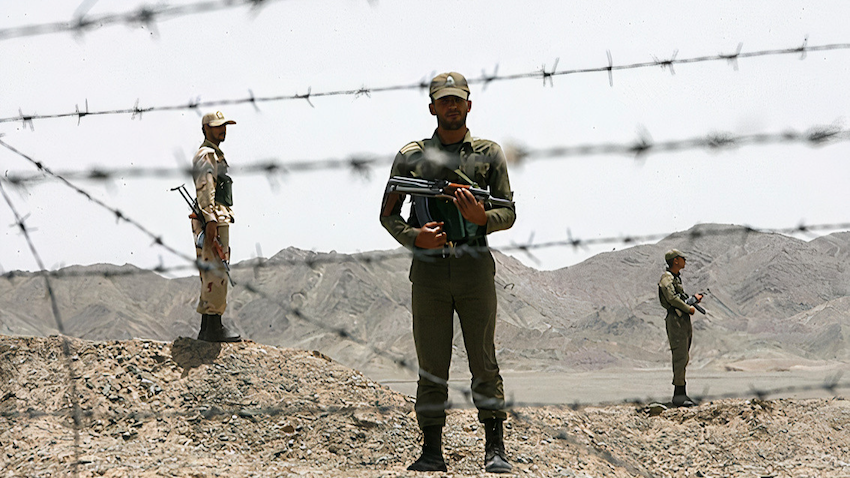
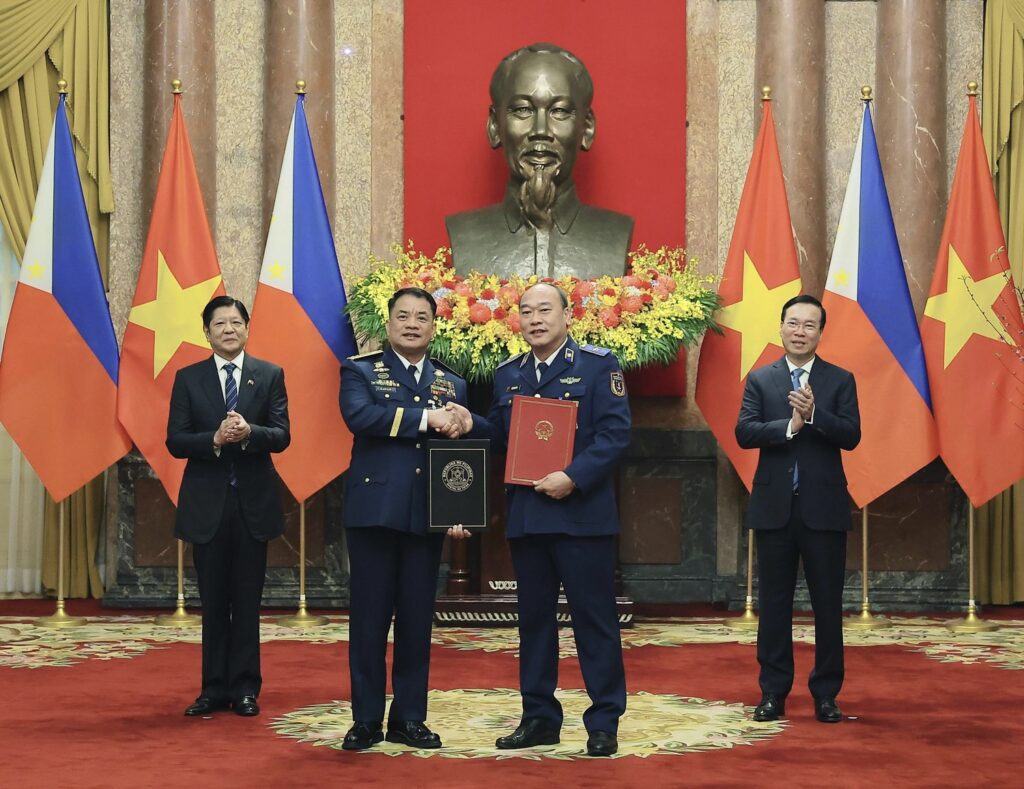
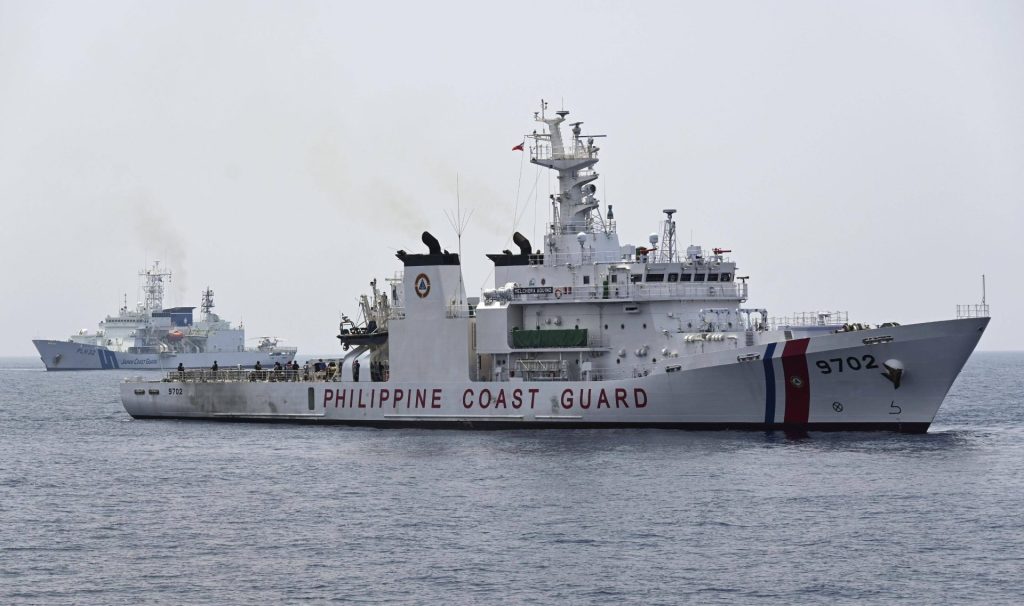
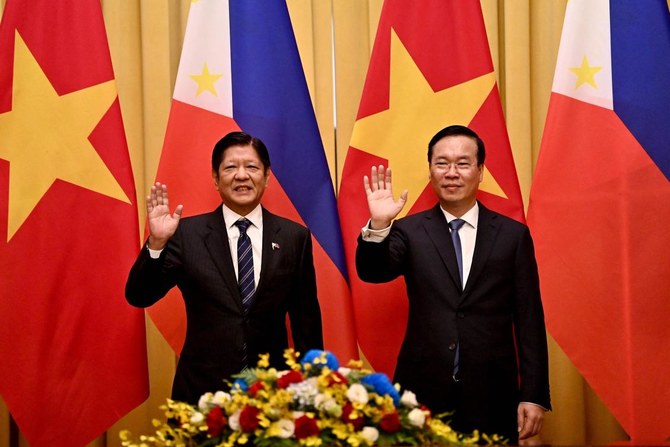
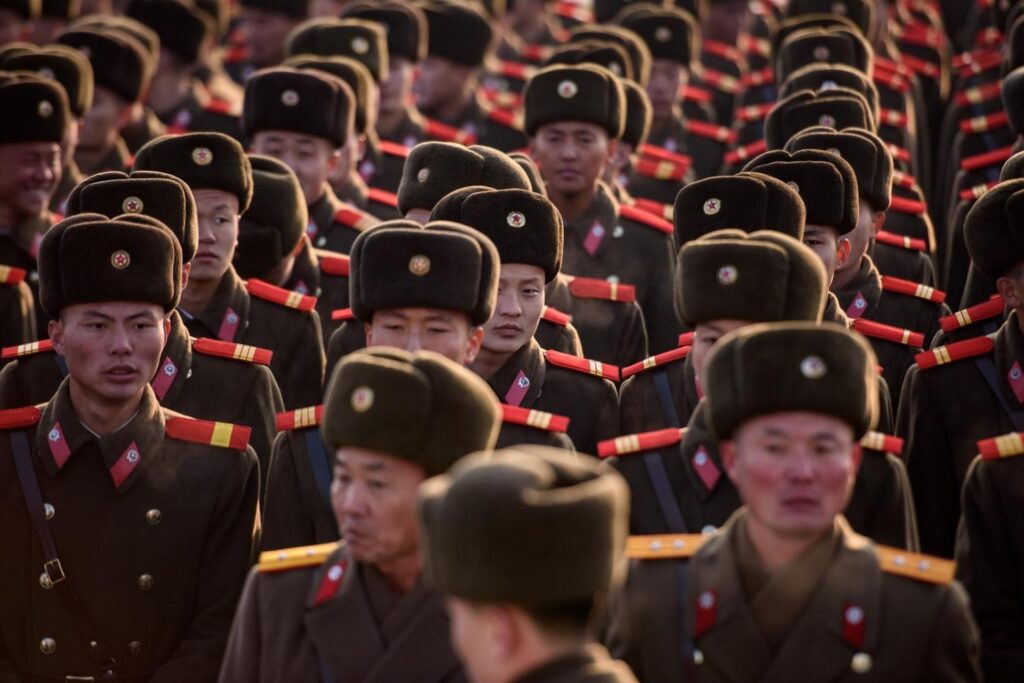
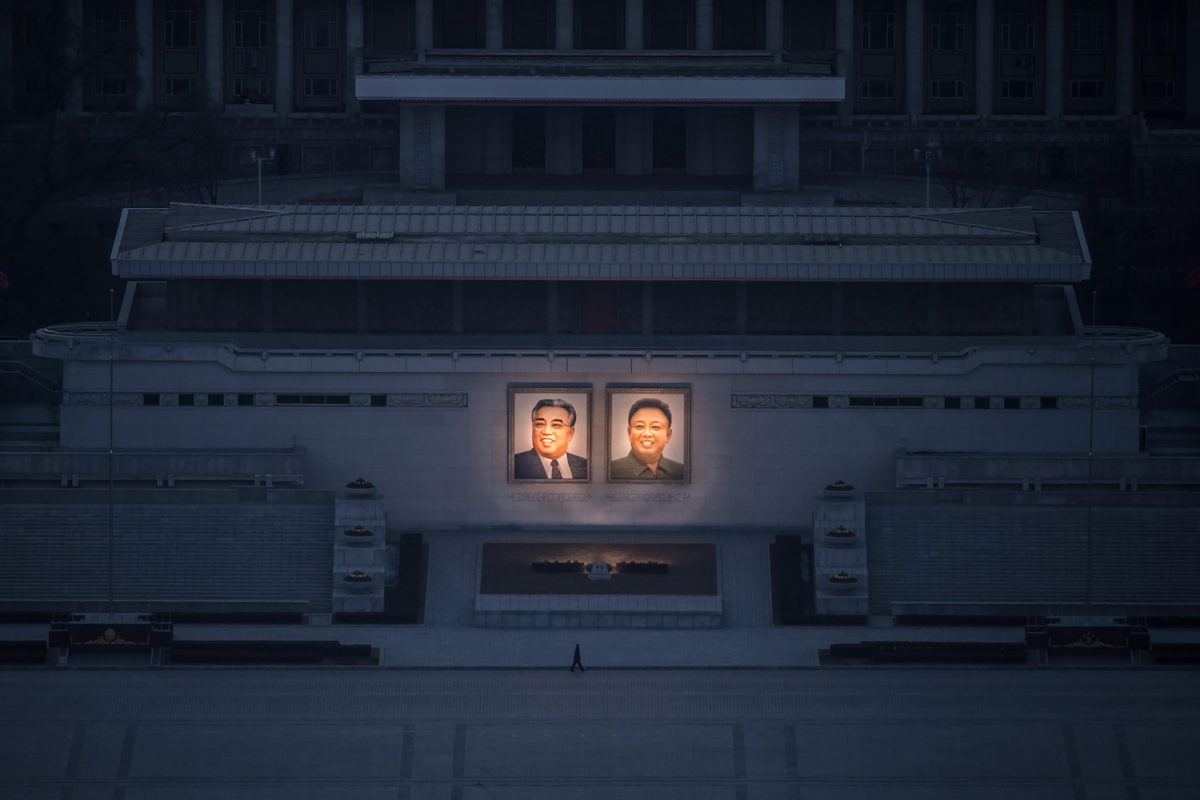
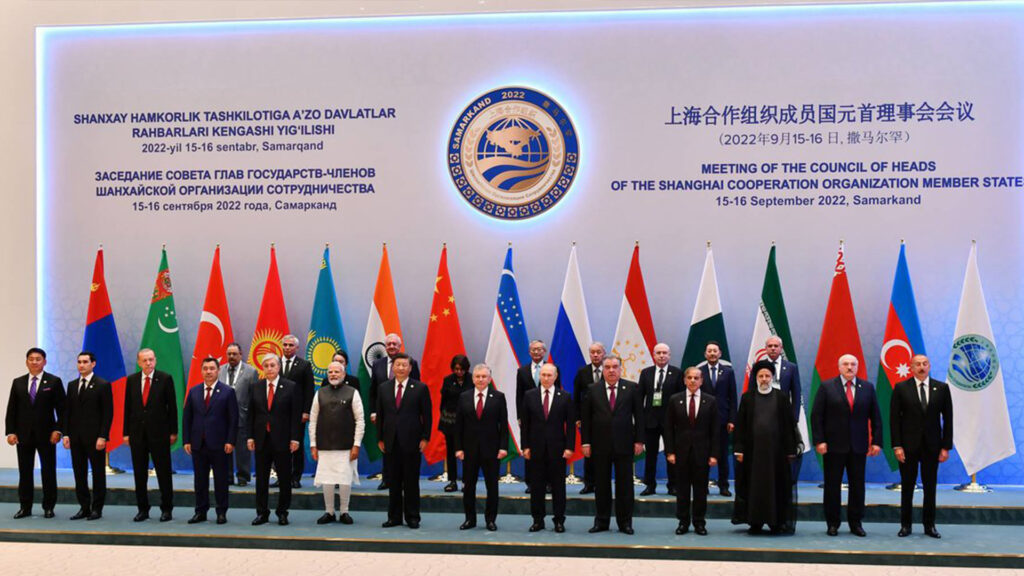

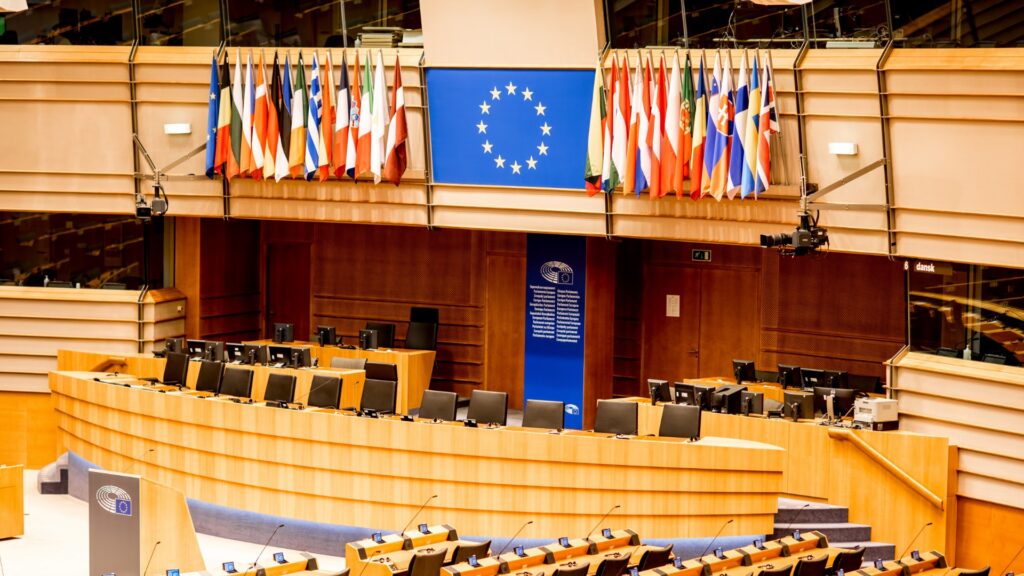
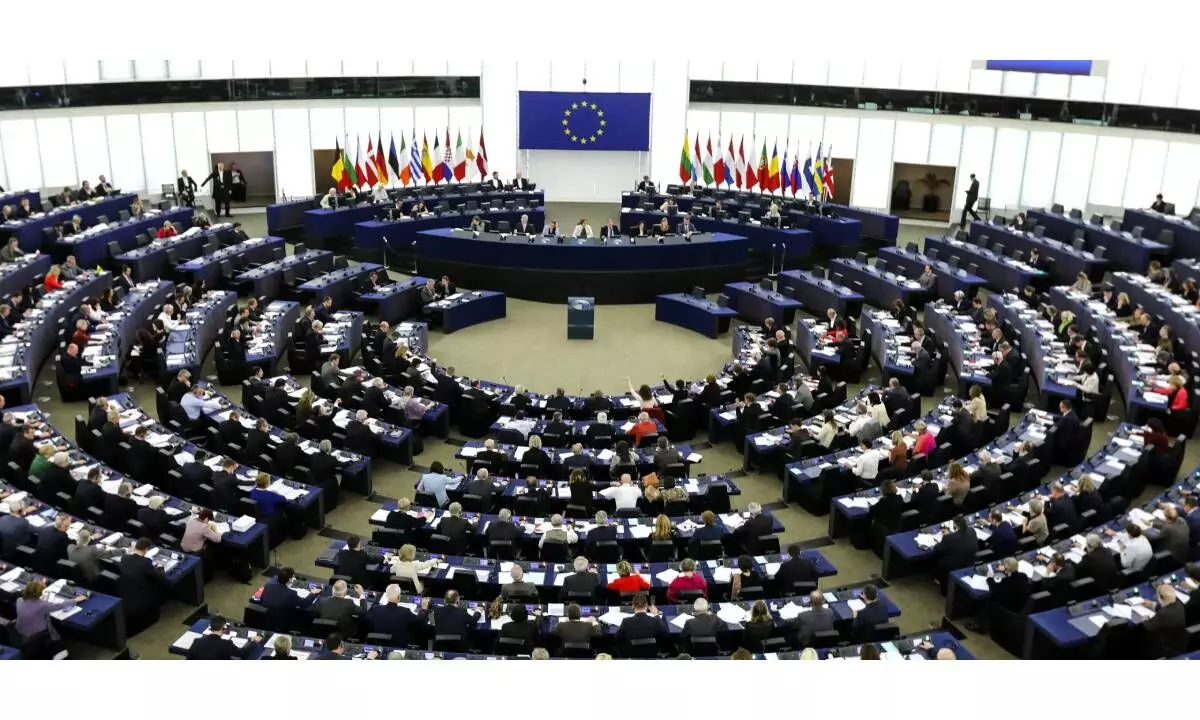 A Look at Major Countries AI Regulation Efforts
A Look at Major Countries AI Regulation Efforts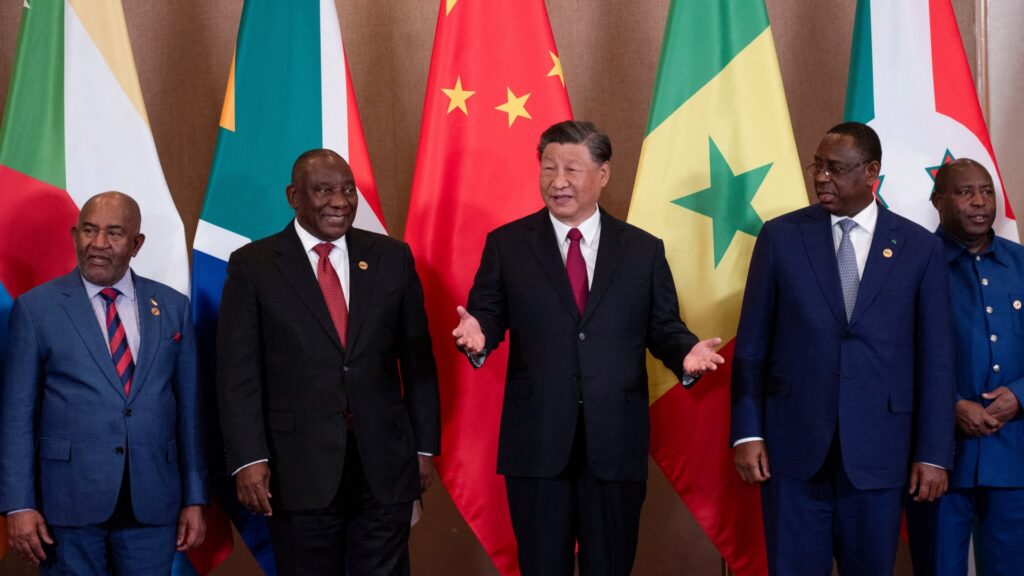
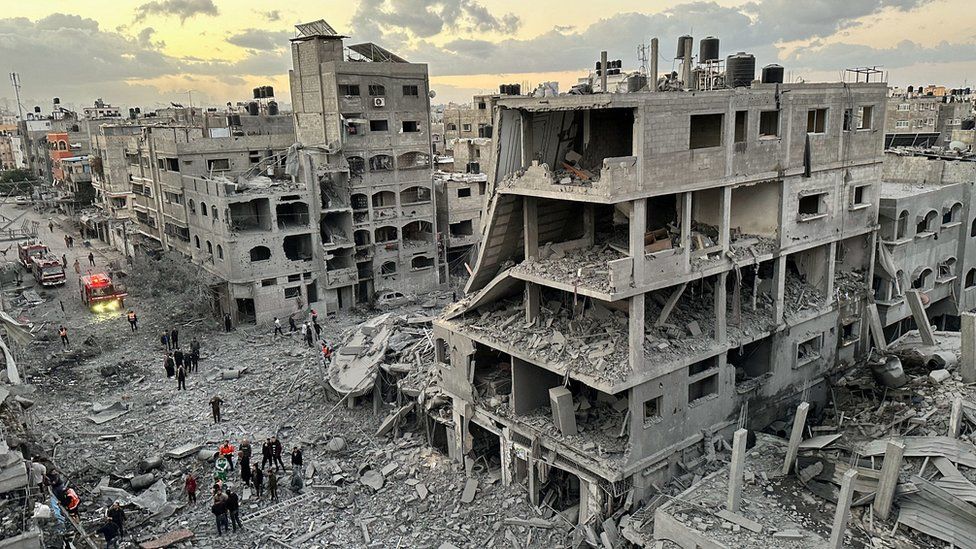
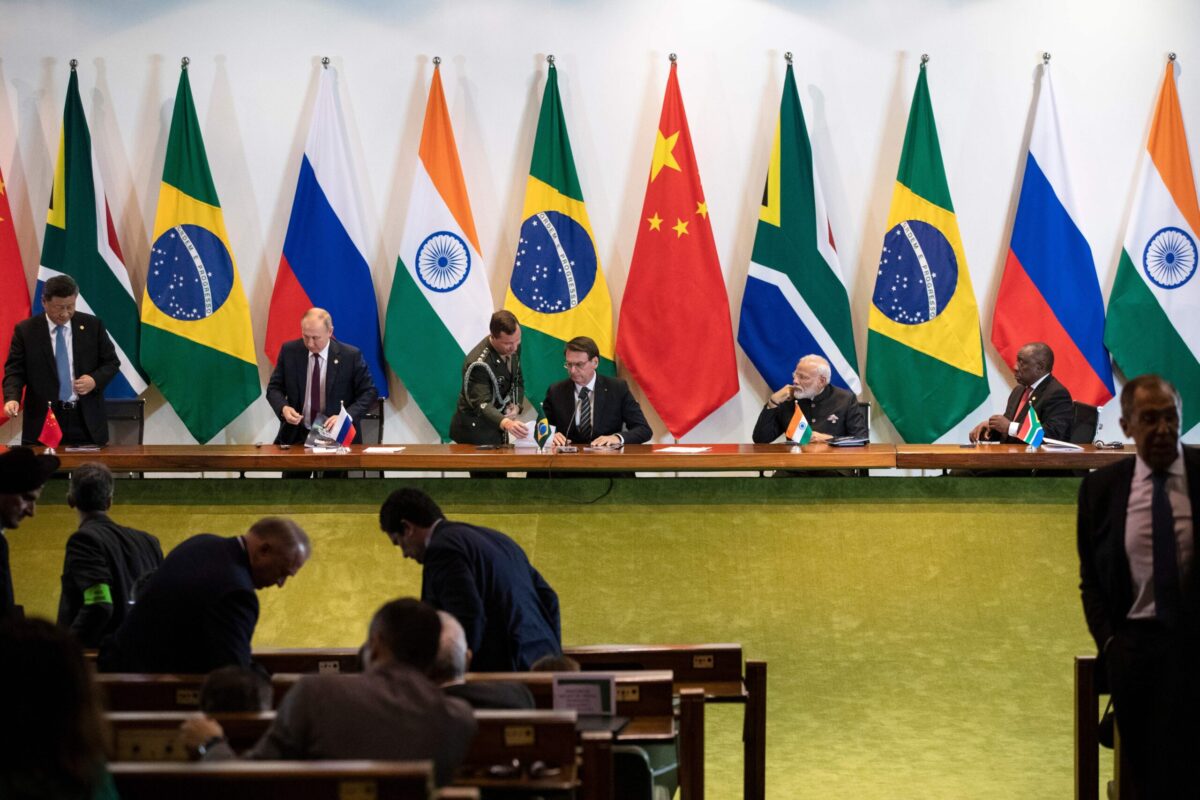 Putin and Xi hit more focused notes, asking for a cease-fire and the release of civilian hostages. Both the countries unleashed the same level of criticism on Israel’s atrocities in Gaza.
Putin and Xi hit more focused notes, asking for a cease-fire and the release of civilian hostages. Both the countries unleashed the same level of criticism on Israel’s atrocities in Gaza.


